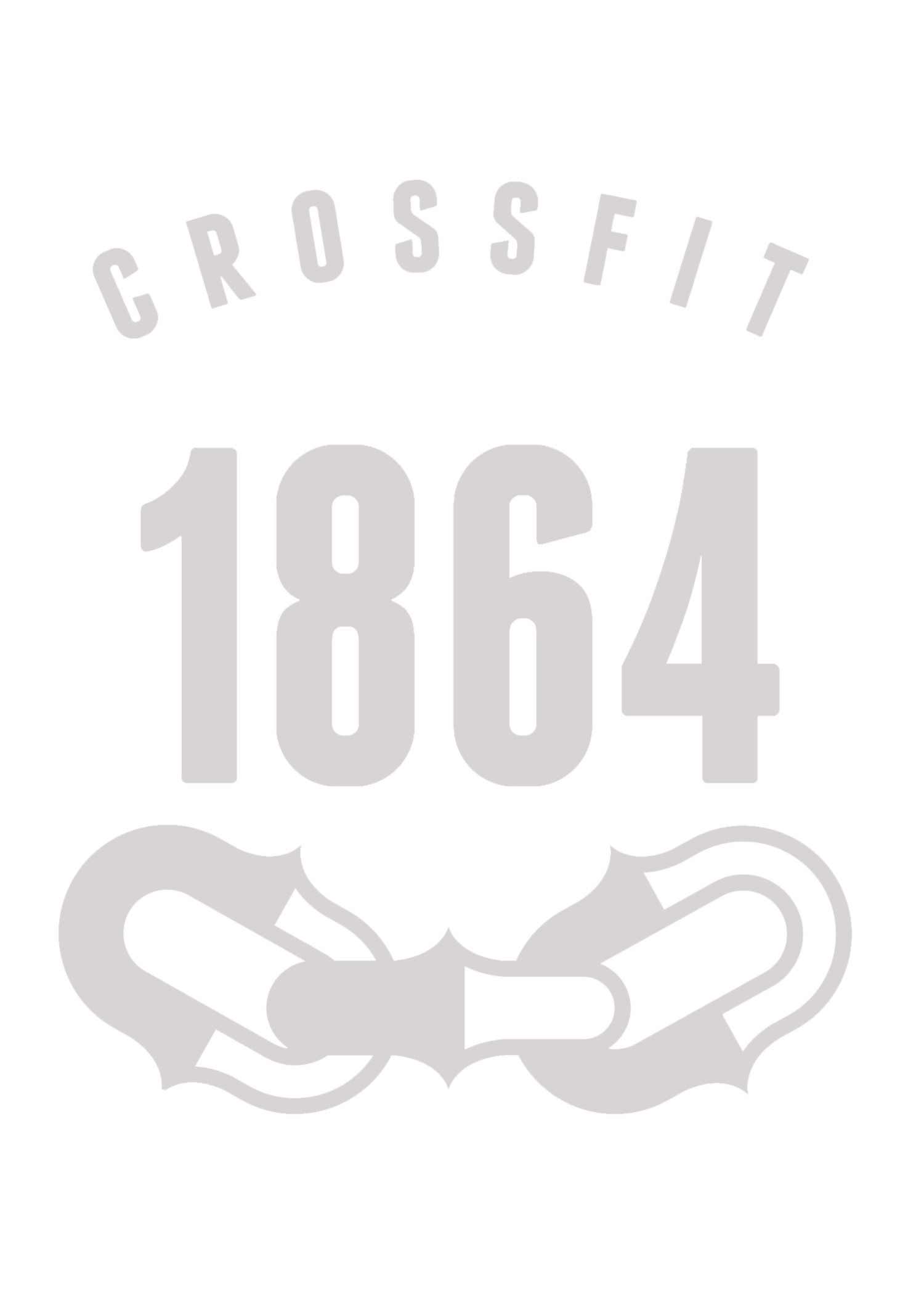What is an Aging Athlete—and How We Train Them at CrossFit 1864
At CrossFit 1864, we don’t see aging as a limitation. We see it as a new phase of performance, longevity, and potential. Our approach to training aging athletes isn’t about lowering expectations—it’s about tailoring coaching to meet real, individual needs.
Here’s how we define the aging athlete—and how we design training that empowers them.
What Is an Aging Athlete?
In our gym, the term "aging athlete" simply refers to someone over 40. That’s it. This might come as a surprise, especially since society often labels “aging” as synonymous with decline. But that’s outdated thinking.
At CrossFit 1864, we believe aging athletes are just like any other athlete. They want to move better, feel stronger, and stay healthy. They have different starting points and priorities, but their potential is just as high.
We also use the term “masters athlete” to refer to this group, especially when talking about training adaptations and long-term fitness goals.
Why We Train Aging Athletes Differently
The aging athlete isn’t defined by a number. They’re defined by four key factors:
Goals
Age group (early or late masters)
Current fitness level
Injury or medical condition
This model, known as the Masters Quadrant, helps us design effective, safe, and meaningful training programs. It ensures that we’re not making assumptions based on age alone, but instead coaching based on each athlete’s reality.
Goal First, Always
Is the athlete focused on performance or wellness? Are they training for a competition, or for energy to keep up with grandkids? This distinction matters.
Performance-driven athletes want structured programs to build strength, speed, and skill. Wellness-driven athletes need broader training focused on quality of life, independence, and fun.
We ask: “What’s your reason for training?”
And we coach based on that answer.
Early vs. Late Masters
We break aging athletes into two age groups:
Early Masters (40–54): Often still in the thick of careers and family life. Many of these athletes don’t feel older, and that can lead to overreaching.
Late Masters (55+): More likely to be retired or semi-retired. Training often becomes a bigger focus, but physiological changes become more visible and need attention.
Knowing which group an athlete is in helps us set smart expectations and build lasting routines.
Fit or Deconditioned?
Has this person been training consistently for years, or are they just getting started?
Fitness history is one of the biggest variables we see. Someone might be strong and active but new to CrossFit. Others may be returning after years of inactivity. Both deserve a thoughtful, personalized start.
Deconditioned athletes need time. We go slow, steady, and scale conservatively—focusing on mechanics and consistency before intensity.
Injury State: Training Smart, Not Just Hard
Injury is not a deal-breaker—it’s a coaching challenge. Many aging athletes deal with chronic pain, past surgeries, or conditions like arthritis. Our job is to assess limitations, modify programming, and focus on restoring movement quality.
We never chase volume for the sake of it. If an athlete can’t squat with depth because of a knee issue, we don’t skip leg day—we scale it smartly. Our highest priority is keeping injured athletes safe while keeping them moving.
The Myth of Decline
There’s a myth that aging automatically means slowing down. But our experience—and the data—says otherwise.
At CrossFit 1864, we’ve seen 50+ athletes increase strength, build endurance, and master new skills. Research supports it too: Masters athletes can build muscle, improve aerobic capacity, and recover well—if they train smart.
In fact, it’s inactivity, not age, that causes most of the physical decline we associate with getting older.
Intensity Still Matters—But It Must Be Relative
CrossFit is based on the idea of constantly varied functional movements performed at high intensity. That doesn’t mean every workout is a killer. It means intensity is relative—based on where each person is today.
For aging athletes, we apply this principle with care. We don’t avoid intensity—we scale it. And when done right, intensity keeps training effective without becoming risky.
The Power of Scaling
Scaling isn’t about “dumbing down” a workout. It’s about making it appropriate and effective.
Whether it’s load, volume, movement complexity, or rest intervals—scaling gives us a way to meet athletes where they are. For aging athletes, this might mean more rest days, reduced loads, or subbed movements. But the training is still challenging, rewarding, and results-driven.
We also use partner workouts, odd-object lifts, and balance drills to keep training fun, socially engaging, and neurologically stimulating.
We Train for Life
At the end of the day, we don’t just train aging athletes to lift heavier or run faster. We train them to live better.
We help people move confidently, play with their grandkids, walk without pain, and stay independent. That’s what real fitness looks like.
CrossFit 1864 is committed to building a community where aging athletes thrive. Our coaches are trained, experienced, and ready to adapt for every need, every goal, and every season of life.



